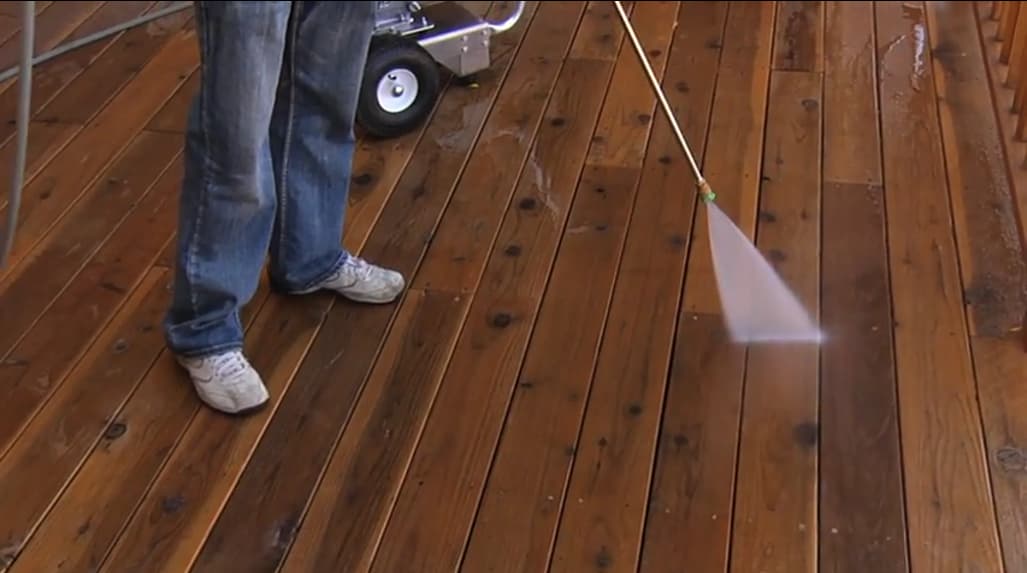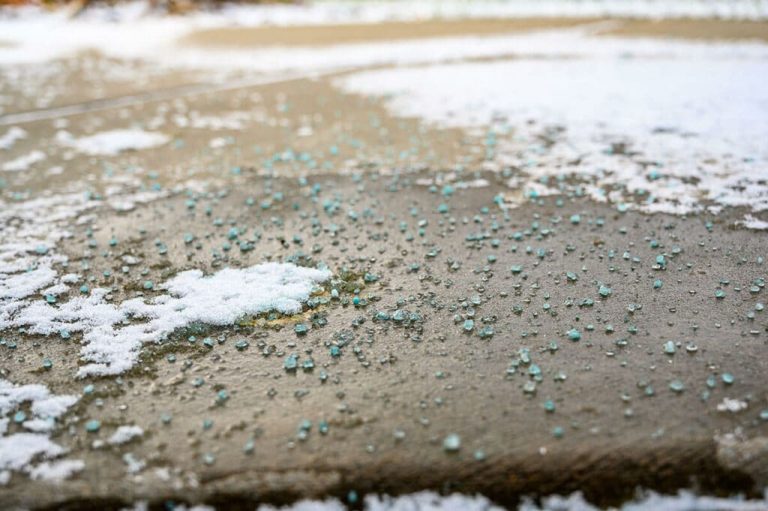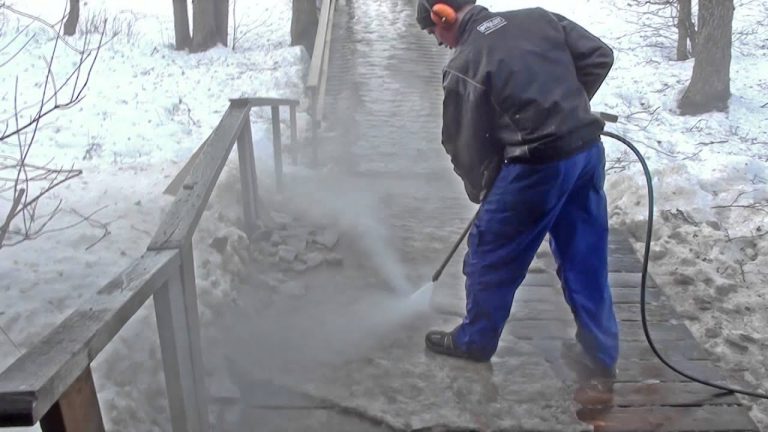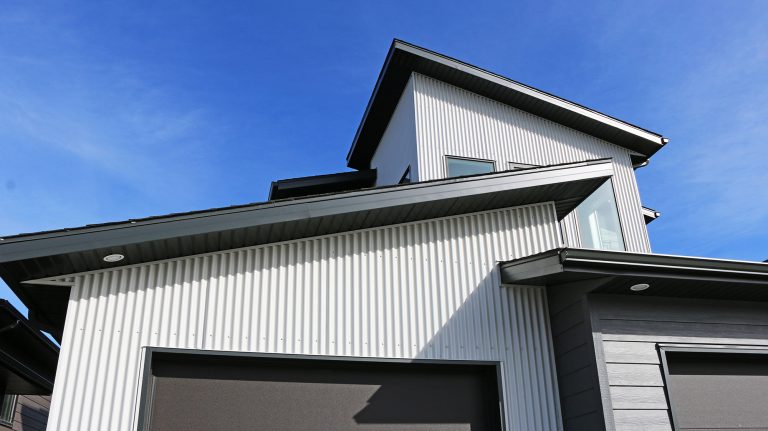
If you’re planning to pressure wash around your home, you might be asking: “How much PSI is safe?” It’s a crucial question. The right pressure setting can make a surface shine ✨—but the wrong one can strip paint, gouge wood, or damage siding. Every material has a safe threshold, and using the right pressure ensures effective cleaning without causing harm. Let’s break it down by surface. 🧼
💡 What Is PSI Anyway?
PSI stands for Pounds per Square Inch — it measures the pressure level a power washer produces. The higher the PSI, the more forceful the spray.
Typical home-use pressure washers range from 1,300 to 3,200 PSI, but not all surfaces can handle the same intensity. ⚠️
🪵 Safe PSI for Wood Surfaces (Decks, Fences, Furniture)
Recommended PSI: 500–1,200 PSI
Wood is soft and easily damaged by high pressure. Too much force can cause:
- Splintering
- Surface etching
- Raised wood grain
- Water intrusion leading to rot over time 😬
Tips:
- Always use a wide-angle spray tip (40° is ideal).
- Keep the nozzle 12–18 inches from the wood.
- Test in a small, hidden area first.
- Avoid letting the water sit or pool on the wood after spraying.
🪚 Pro tip: For softer woods like cedar or pine, stay closer to 500–800 PSI.
Browse Amazon Here For Top Rated Power Washers And Accessories
🏘️ Safe PSI for Vinyl Siding
Recommended PSI: 1,300–1,600 PSI
Vinyl siding is tougher than wood but still needs a gentle touch. High pressure can:
- Crack or loosen panels
- Force water behind the siding (causing mold)
- Remove protective finishes
Tips:
- Use a 25° or 40° nozzle.
- Spray at a downward angle to avoid water intrusion.
- Keep the wand moving to prevent damage in one spot.
- Use a cleaning solution to help loosen dirt (so you don’t need to overdo the pressure).
🔄 Bonus: Many siding manufacturers recommend soft washing with lower PSI combined with detergents, especially for older siding.
🧱 Safe PSI for Concrete (Driveways, Patios, Walkways)
Recommended PSI: 2,500–3,000 PSI
Concrete is one of the toughest surfaces around, so it can take much more pressure. But even here, going too strong can cause:
- Etching or pitting
- Stripping sealants
- Chipping on aged or weak concrete
Tips:
- Use a 15° or 25° nozzle for best results.
- Hold the nozzle 6–12 inches from the surface.
- Consider a surface cleaner attachment for even cleaning.
- If your concrete is sealed, dial it back to 2,000–2,500 PSI to avoid stripping the finish.
⚠️ Warning: Avoid blasting into expansion joints or cracks—that can cause deeper structural issues.
📊 PSI Summary Chart
| Surface | Safe PSI Range | Nozzle Tip | Distance from Surface |
|---|---|---|---|
| Wood | 500–1,200 PSI | 40° | 12–18 inches |
| Vinyl Siding | 1,300–1,600 PSI | 25°–40° | 12–24 inches |
| Concrete | 2,500–3,000 PSI | 15°–25° | 6–12 inches |
✅ Other Considerations
- GPM Matters Too: Gallons Per Minute (GPM) is also a factor. More water flow = better rinsing power.
- Adjust for Condition: Old wood? Lower the PSI. Sealed concrete? Dial it down.
- Use Detergents Wisely: Cleaning agents can reduce the pressure needed and protect surfaces from abrasion.
- Safety First: Wear goggles 👓, gloves 🧤, and never point the wand at people or pets.
🏁 Final Thoughts
Choosing the right PSI is like selecting the right tool for the job. Too much power and you’ll cause damage, too little and you won’t get the results you want. Stick to the recommended ranges, use the correct nozzle, and keep a steady hand—and you’ll get a fresh, clean surface without any costly mistakes. 💪🧽
Browse Amazon Here For Top Rated Power Washers And Accessories






